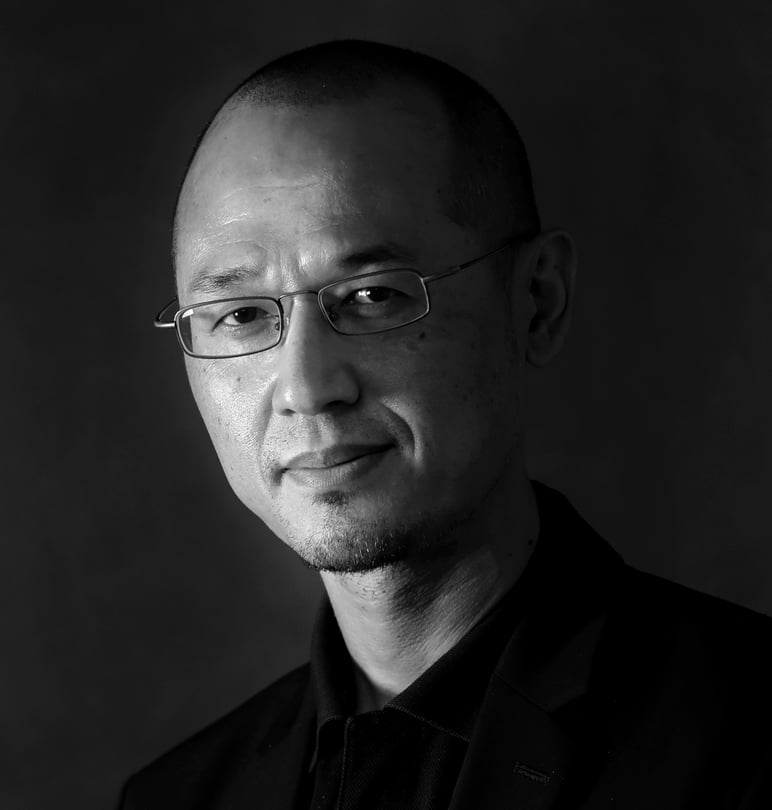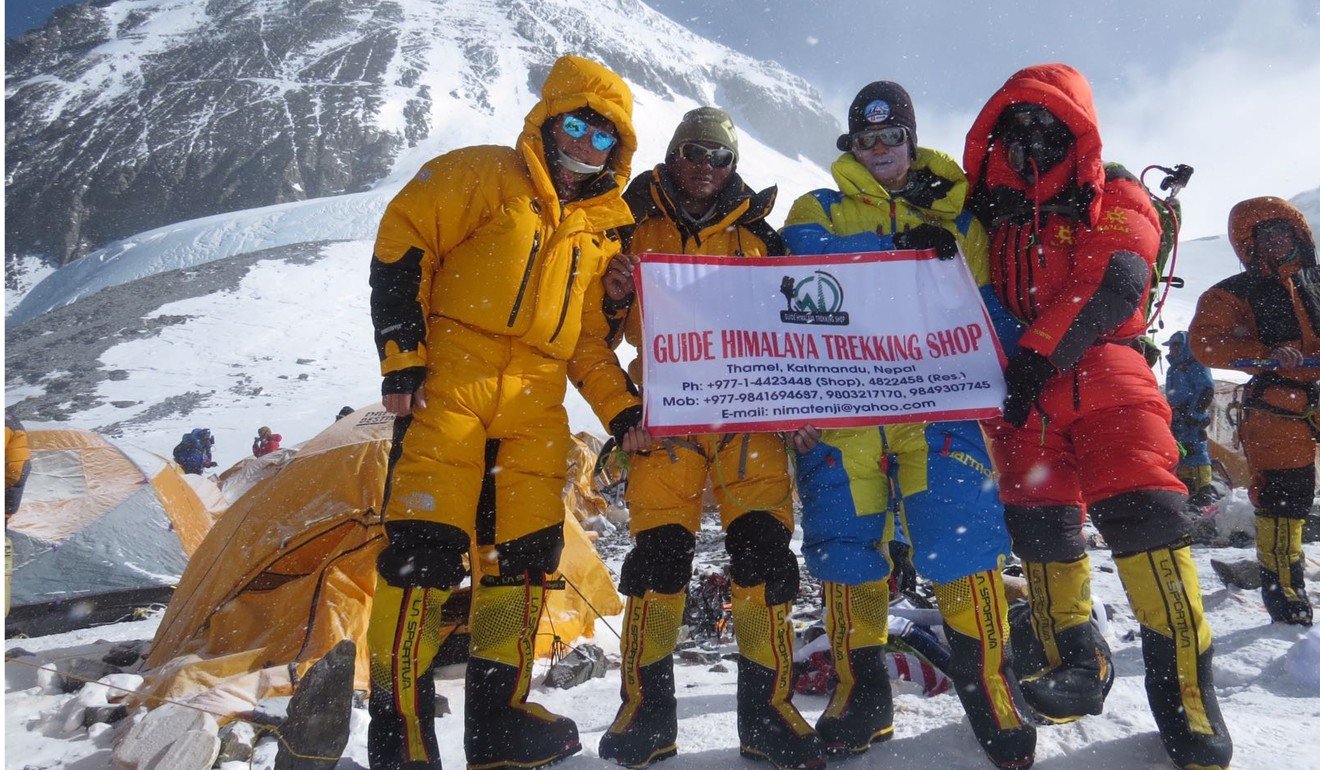
A little lesson in climbing Everest for Hong Kong’s armchair critics
Yonden Lhatoo offers a reality check to those who are judging Ada Tsang, the city’s first woman to climb the world’s highest mountain, for failing to help a dying man
Ignorance is bliss, but in the rush these days to “insta-google-tweet-face” uninformed opinions, it can be detestable too.
They pounced upon her recollection of coming across a man sitting in the snow with glazed eyes, sans Sherpa guide or oxygen cylinder, on the way up. He was dead on her way down.
“Seeing a man like this, any conscientious person would immediately give up conquering the peak and save others first,” wrote one Facebook user – obviously an expert on moral conduct and responsibility while battling exhaustion, hypothermia and the elements 8,000 metres above sea level in one of the harshest places on the planet.
“How could she justify the behaviour of leaving others to die for her own glory?” wrote another.

On top of the world – teacher Ada Tsang becomes first Hong Kong woman to conquer Everest
Tsang’s Sherpa guide told her that the climber they “abandoned” on the way up had suffered serious frostbite and an oxygen bottle would not have saved him. She was right to listen. When you’re on the slopes of Mount Everest, you follow your Sherpa chaperone’s advice if you intend to come down alive.
The altitude Tsang was climbing at is known as the ‘death zone’ in mountaineering terms
Of the hundreds of climbers who have died on Everest, it is estimated that more than 100 bodies are still stuck there. As shocking as it may seem to people who have never been there, corpses are clearly visible on the way to the summit – familiar fixtures frozen in ice and snow for years because it’s simply too difficult or dangerous to retrieve them.
The altitude Tsang was climbing at is known as the “death zone” in mountaineering terms. Most humans can barely breathe or think straight at such extreme heights and cold temperatures, let alone rescue anyone. It’s all about survival and self-preservation. Unless you’re Leslie Binns, a British war veteran who reportedly gave up his own bid for the summit last year to help save an Indian woman who had collapsed on the way down. Some are more capable of greatness than others, I suppose.
Now, putting Tsang’s achievement into perspective, she wasn’t even born when Japanese climber Junko Tabei became the first woman in the world to conquer Everest in 1975.
Ada Tsang’s conquest of Everest a lesson in life, death and ethics
For those who might be wondering who died and made me an expert, I come from an extended family of Everest summiteers, though I’ve never been interested in making the pilgrimage to that mountain myself, even if it’s there.
I did my fair share of climbing in the Himalayas in my younger days, driven mostly by peer pressure, but I was a middling mountaineer at best and sensibly swapped my ice axe for a pen.
I decided a long time ago that any pleasure I derived from standing on a high mountain top was not worth the pain and misery of getting up there with a frozen posterior, glory be damned.
So, well done, Ada Tsang.
Yonden Lhatoo is the chief news editor at the Post
Correction: A previous version of this article misstated the year of Briton Leslie Binns’ heroics on Mount Everest. He helped save a woman last year, not last week.

